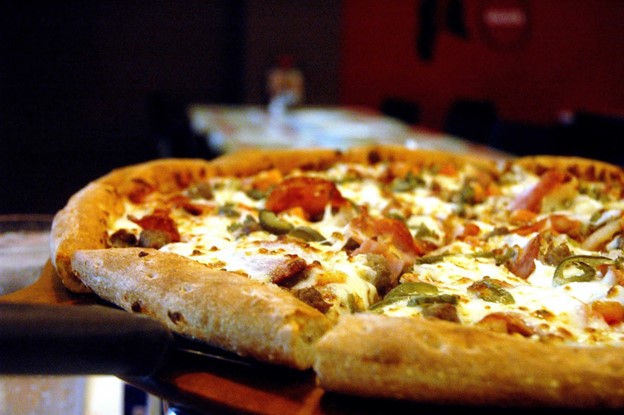One of the most hotly debated topics in the pizza world is the battle between thin crust and thick crust pizza. In this article, we’ll take a deep dive into the pros and cons of each type of crust and explore what makes them unique.
Thin Crust
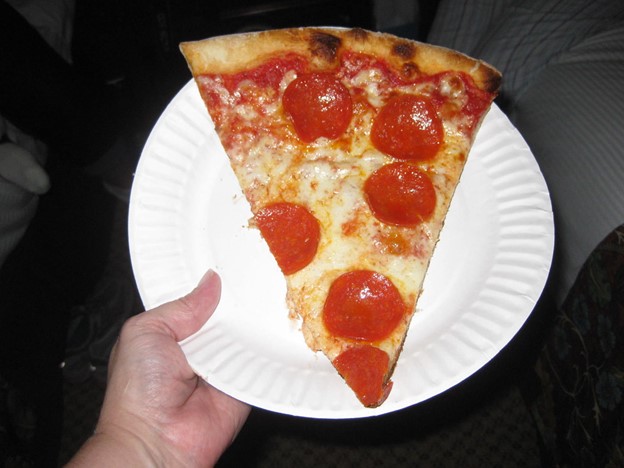
Thin crust pizza is a popular choice among pizza enthusiasts and is often associated with Neapolitan-style pizza. The crust of a thin crust pizza is, as the name suggests, thin and crispy, with a light and airy texture. Thin crust pizza is often cooked in a wood-fired oven, which gives it a distinctive smoky flavor and a slightly charred crust.
Pros of Thin Crust
One of the main advantages of thin crust pizza is its crispiness. The thin crust allows the toppings to be the star of the show, and the crispy crust provides a satisfying crunch with each bite. Additionally, because the crust is so thin, the pizza is typically lighter and less filling, making it a great option for those who are watching their calorie intake.
Cons of Thin Crust
One of the biggest drawbacks of thin crust pizza is its lack of structure. The thin crust can make it difficult to hold, and toppings may slide off more easily. Additionally, because the crust is so thin, it can be more challenging to achieve the perfect balance of crispy and chewy texture.
Thick Crust
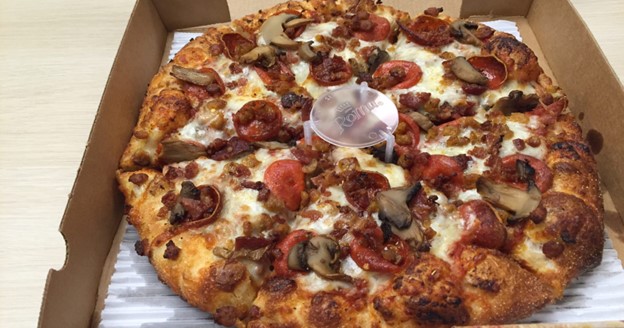
Thick crust pizza, also known as pan pizza or deep dish pizza, is a popular choice among those who prefer a heartier, more substantial pizza. The crust of a thick crust pizza is, as the name suggests, thick and doughy, with a crispy exterior and a soft and chewy interior.
Pros of Thick Crust
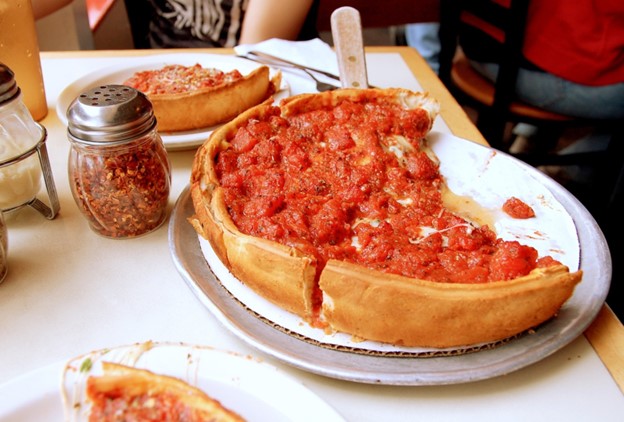
One of the main advantages of thick crust pizza is its ability to hold toppings. The sturdy crust can support a wide variety of toppings without collapsing or becoming soggy. Additionally, because the crust is thicker, it provides a satisfying chewiness that many people enjoy.
Cons of Thick Crust
One of the biggest drawbacks of thick crust pizza is its calorie count. Because the crust is so thick and doughy, it can be quite filling and can contain a significant amount of calories. Additionally, because the crust is so sturdy, it can be more challenging to achieve a crispy texture, and the pizza may not have the same level of smoky flavor as a thin crust pizza.
Toppings and Crust
While the crust is undoubtedly an essential component of a pizza, the toppings can make or break the overall flavor profile. Some toppings are better suited for thin crust pizza, while others work better on thick crust pizza. Here are some general guidelines for pairing toppings with the appropriate crust:
Thin Crust Pizza Toppings
Because thin crust pizza has a lighter and crispier crust, it’s best to pair it with toppings that won’t weigh it down. Some popular thin crust pizza toppings include:
- Fresh tomatoes
- Basil
- Prosciutto
- Arugula
- Olives
- Mushrooms
- Peppers
- Artichoke hearts
These toppings provide a balance of flavors without overwhelming the delicate crust. Additionally, because the crust is so thin, it’s best to avoid heavy or greasy toppings, as they can cause the pizza to become soggy.
Thick Crust Pizza Toppings
Thick crust pizza can handle more substantial and hearty toppings without becoming overwhelmed. Some popular thick crust pizza toppings include:
- Sausage
- Pepperoni
- Meatballs
- Bacon
- Onions
- Peppers
- Mushrooms
- Pineapple
These toppings provide a more substantial flavor profile that complements the chewiness of the crust. Additionally, because the crust is so sturdy, it can hold up to more sauce and cheese without becoming soggy.
Pairing the right toppings with the appropriate crust can take a pizza from good to great. Whether you prefer thin crust pizza or thick crust pizza, there are a variety of toppings to choose from that can enhance the overall flavor profile. Experiment with different toppings and crusts to find your perfect pizza combination.
My Preference
As someone who grew up on Pizza Hut’s 1990s pan pizza, I have a strong preference for thick crust pizza. I love the chewiness of the crust and the way it can hold up to a variety of toppings without becoming soggy. To me, thick crust pizza feels more substantial and satisfying than thin crust pizza. However, I can appreciate the appeal of thin crust pizza for its crispiness and lightness.
In the end, the choice between thin crust and thick crust pizza comes down to personal preference. Both types of crust have their unique advantages and drawbacks, and it’s up to each individual to decide which they prefer. Whether you’re a thin crust enthusiast or a thick crust devotee, one thing is for sure – pizza is one of the most delicious and beloved dishes in the world. So next time you’re craving a slice, try both thin crust and thick crust pizza and see which one you prefer.
Best Thin Crust Pizza Restaurants
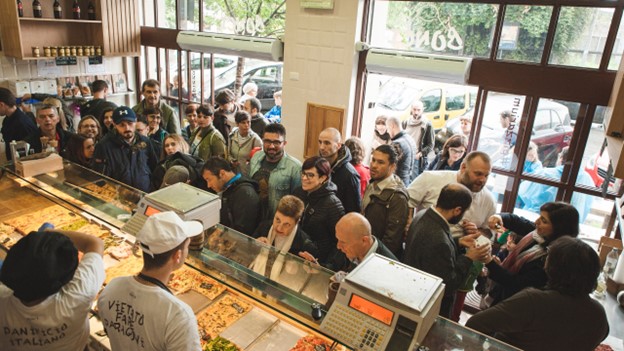
Pizzarium – Rome, Italy: This cozy little pizza joint is famous for its thin crust pizza topped with fresh, local ingredients. Pizzarium has a loyal following of locals and tourists alike who rave about its mouth-watering pizzas. Be sure to try the classic Margherita or the popular potato pizza.
Santarpio’s Pizza – Boston, Massachusetts: This family-owned restaurant has been serving up delicious thin crust pizza since 1903. Santarpio’s is known for its chewy, crispy crust and classic toppings like sausage and peppers. It’s a must-visit for pizza lovers in the Boston area.
Best Thick Crust Pizza Restaurants
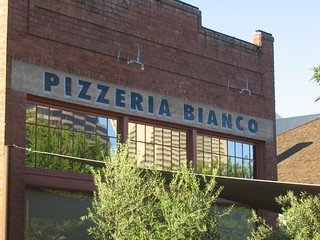
Pizzeria Bianco – Phoenix, Arizona: This award-winning restaurant is known for its artisanal pizzas with a thick and chewy crust. The dough is made from scratch daily and cooked in a wood-fired oven to perfection. The restaurant has a limited menu, but each pizza is crafted with care and features unique toppings like house-smoked mozzarella and fennel sausage.
Gino’s East – Chicago, Illinois: Gino’s East has been a Chicago institution since 1966, serving up deep-dish pizza with a buttery, flaky crust and an abundance of cheese and sauce. The restaurant has several locations throughout the city, each with its unique decor and atmosphere. It’s a must-visit for anyone craving an authentic Chicago-style pizza.
References:
American Institute of Baking. (2003). Pan Bread Standards. Manhattan, KS: American Institute of Baking.
Esposito, M. (2010). Pizza Man: My Life in Pizza. M. Evans.
Foschino-Barbaro, M. P., & Poutanen, K. (2019). Breadmaking and bakery products. In Handbook of Food Science and Technology 3 (pp. 87-106). Springer.
Gobbetti, M., & Rizzello, C. G. (2014). Celiac disease, gluten-free bread and its fortification: a review. Journal of food science and technology, 51(5), 1021-1040.
Guardino, A. (2019). The Margherita: The Story of a Pizza. The Harvard Common Press.
Reinhart, P. (2010). American Pie: My Search for the Perfect Pizza. Random House.
Smith, A. F. (2017). The Oxford Companion to American Food and Drink. Oxford University Press.
Stradley, L. (2021). Pizza History, Legends, and Trivia. The Spruce Eats. https://www.thespruceeats.com/pizza-history-legends-and-trivia-1807765
The True Story of the Margherita Pizza. (2019). Ooni. https://ooni.com/blogs/recipes/the-true-story-of-the-margherita-pizza
Wedel, M., & Pieters, R. (2000). Eye Gaze and Consumer Choice. Marketing Letters, 11(3), 259–268. https://doi.org/10.1023/A:1008136110072

